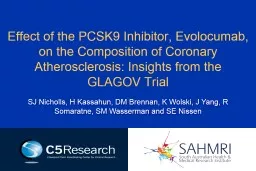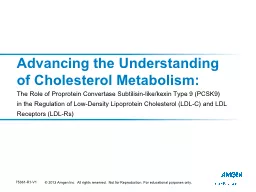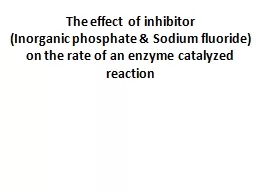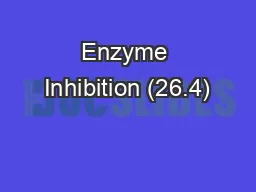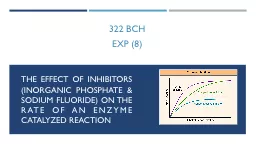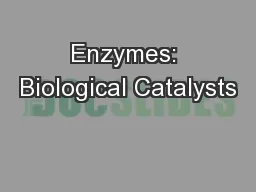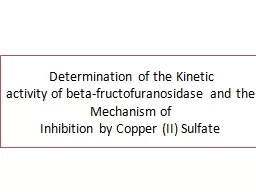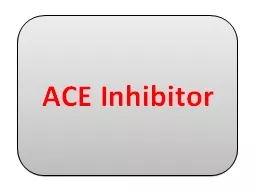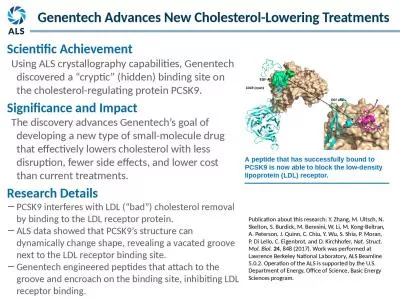PPT-Effect of the PCSK9 Inhibitor,
Author : giovanna-bartolotta | Published Date : 2020-04-03
Evolocumab on the Composition of Coronary Atherosclerosis Insights from the GLAGOV Trial SJ Nicholls H Kassahun DM Brennan K Wolski J Yang R Somaratne SM
Presentation Embed Code
Download Presentation
Download Presentation The PPT/PDF document " Effect of the PCSK9 Inhibitor, " is the property of its rightful owner. Permission is granted to download and print the materials on this website for personal, non-commercial use only, and to display it on your personal computer provided you do not modify the materials and that you retain all copyright notices contained in the materials. By downloading content from our website, you accept the terms of this agreement.
Effect of the PCSK9 Inhibitor, : Transcript
Download Rules Of Document
" Effect of the PCSK9 Inhibitor, "The content belongs to its owner. You may download and print it for personal use, without modification, and keep all copyright notices. By downloading, you agree to these terms.
Related Documents

